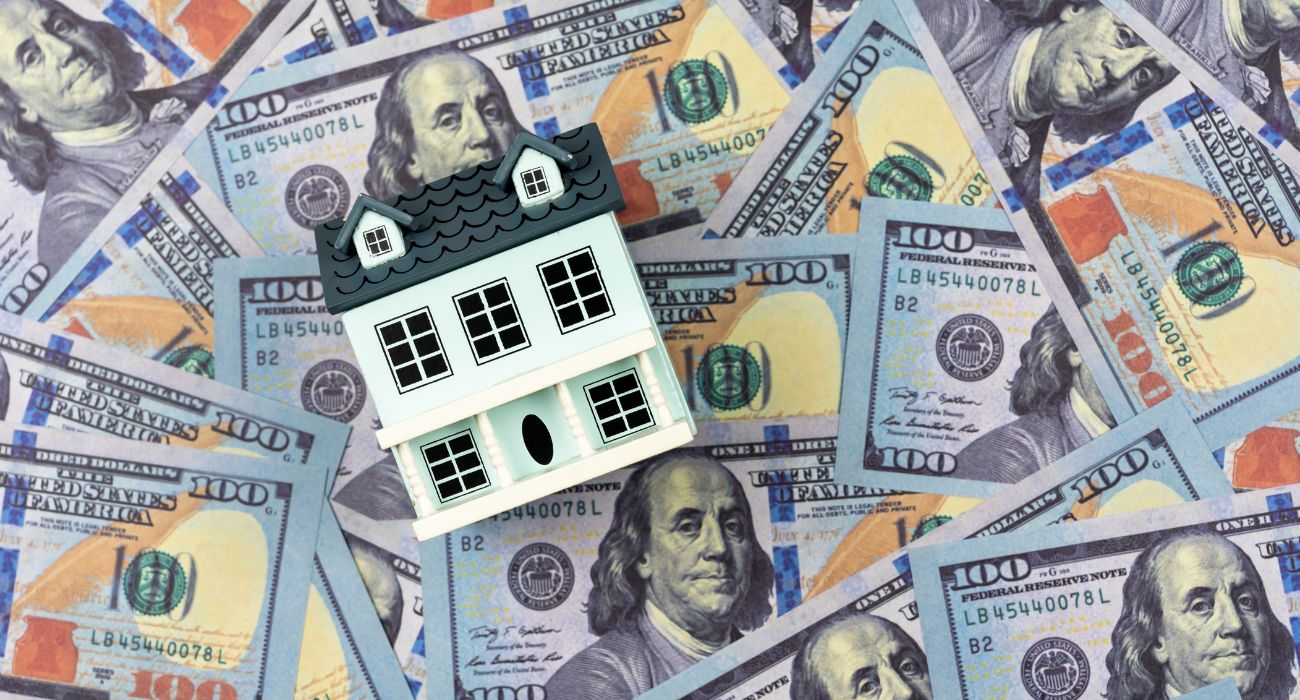Next year the Austin-based construction technology company ICON will build 100 single-story 3D printed homes using advanced technology and new game-changing building material.
ICON has teamed up with Lennar, a national home builder. Together they have developed a plan using 3D printing and a revolutionary material that will increase the longevity of homes while increasing sustainability.
The revolutionary material is Lavacrete, a cement-based material with a stronger bond that resists shrinking and can withstand extreme weather. ICON and Lennar will utilize the material to build the homes’ walls, producing them via a 3D printer.
“By partnering with ICON and Lennar, we are able to see this new technology roll out to the widest possible audience. The 3D-printed architecture and the photovoltaic roofs are innovations that are significant steps towards reducing waste in the construction process, as well as towards making our homes more resilient, sustainable, and energy self-sufficient,” Martin Voelkle, a partner at the Bjarke Ingels Group, shared with NBC DFW.
Lennar hopes to make more affordable homes for homebuyers utilizing the technology given the current housing landscape that has skyrocketed. A shortage of materials and increased costs have also been issues since the pandemic started.
“ICON exists as a response to the global housing crisis and to put our technology in service to the world,” ICON co-founder and CEO Jason Ballard said.
A project of this scale will be the first nationwide with plans to break ground in 2022. The single-story homes will include roofs with solar panels and will have a variety of floor plans.
“Construction-scale 3D printing not only delivers higher-quality homes faster and more affordably, but fleets of printers can change the way that entire communities are built for the better. The United States faces a deficit of approximately 5 million new homes, so there is a profound need to swiftly increase supply without compromising quality, beauty, or sustainability, and that is exactly the strength of our technology.” Ballard added.





